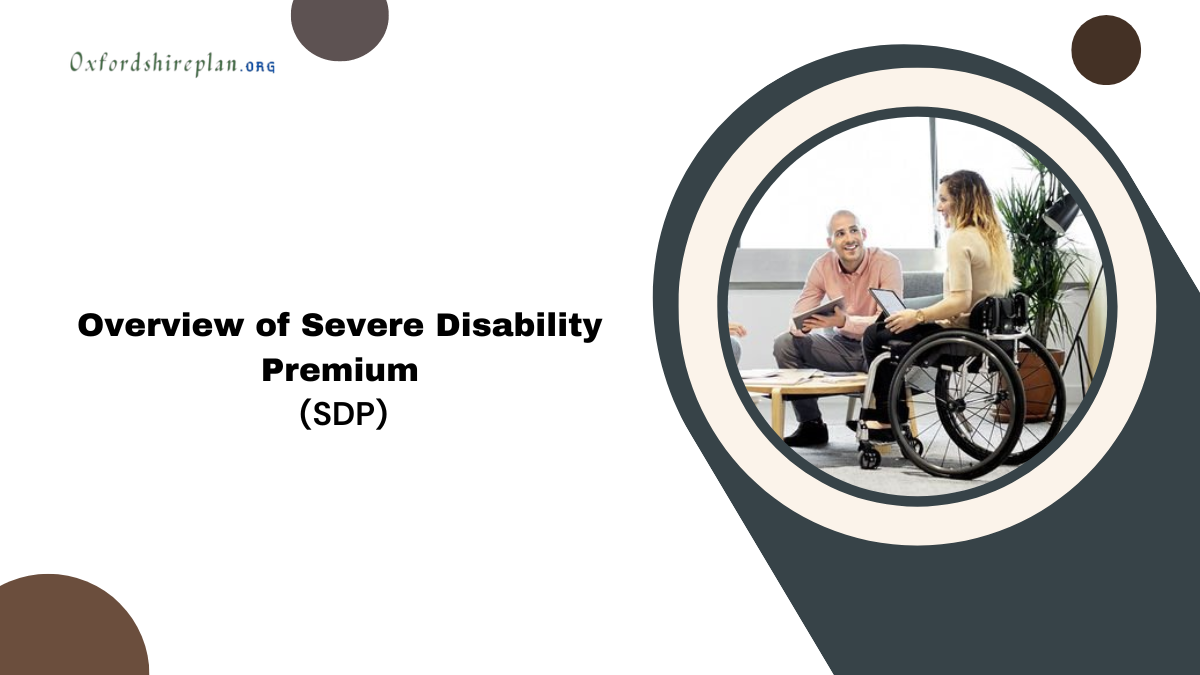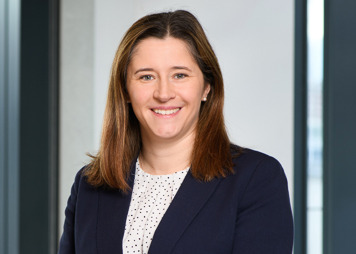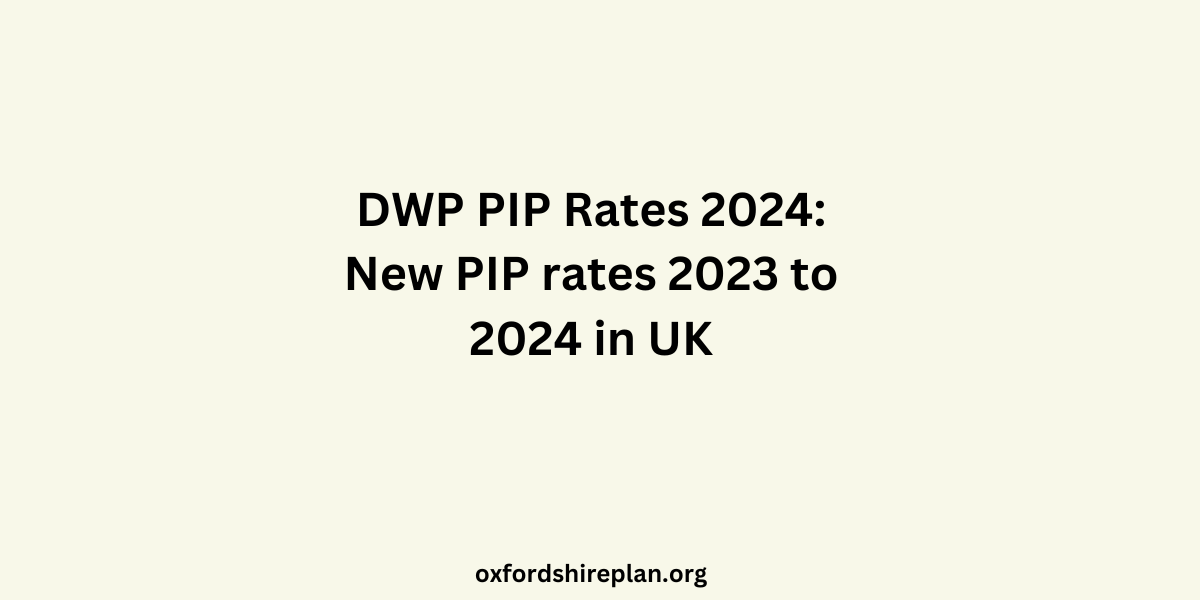The Severe Disability Premium (SDP) is an additional allowance that can be added to certain benefits for individuals who receive specific disability-related benefits. This premium is intended to provide extra financial support for those with severe disabilities.

Contents
Qualifying for Severe Disability Premium
- Eligible Disability Benefits:
- Disability Living Allowance (DLA)
- Personal Independence Payment (PIP)
- Adult Disability Payment
- Attendance Allowance
- Benefits Including SDP:
- Income Support
- Jobseeker’s Allowance (JSA)
- Employment and Support Allowance (ESA)
- Housing Benefit
- Pension Credit
Criteria for Receiving Severe Disability Premium
For Single Individuals:
- Eligibility Requirements:
- Receipt of a Qualifying Disability Benefit: Must be receiving one of the following:
- Attendance Allowance
- Constant Attendance Allowance
- The care component of DLA at the middle or highest rate
- PIP daily living component at standard or enhanced rate
- Carer Considerations: No one should be receiving Carer’s Allowance (CA), Carer Support Payment (CSP), or the carer element of Universal Credit (UC) for looking after the individual. If a carer is eligible but does not receive payment due to overlapping benefit rules, this does not disqualify the individual from receiving SDP.
- Living Arrangements: Must live alone or only with others who also receive a qualifying disability benefit or are registered as blind.
- Receipt of a Qualifying Disability Benefit: Must be receiving one of the following:
For Couples:
- Eligibility Requirements:
- Both Partners Receiving Qualifying Benefits: Both partners must receive a qualifying disability benefit, or one partner receives a qualifying disability benefit while the other is registered blind.
- Carer Considerations: No one should be receiving CA, CSP, or the carer element of UC for either partner. If a carer is eligible but does not receive payment due to overlapping benefit rules, SDP can still be awarded at a couple’s rate. If only one partner has a carer receiving CA, CSP, or UC, SDP is paid at a single rate.
- Single Rate Scenarios: If only one partner receives a qualifying disability benefit and the other is registered blind, SDP is paid at the single rate. However, if a carer receives payment for the individual on the qualifying benefit, no SDP is paid.
SDP and Universal Credit (UC)
Lack of SDP in Universal Credit:
- SDP Exclusion from UC: There is no direct equivalent to the SDP within the Universal Credit system. This can lead to a reduction in benefit income for those transitioning from legacy benefits to UC.
Blocking of Transition to UC (2019-2021):
- Temporary Block: Between January 16, 2019, and January 27, 2021, a block was in place to prevent individuals receiving SDP from being moved to UC, to avoid significant income loss.
- Introduction of SDP Transitional Element: After the block was lifted, a transitional element was introduced to UC for those who were previously entitled to SDP. This element provides additional financial support during the transition period for those moving to UC from legacy benefits.
Severe Disability Premium Transitional Element in Universal Credit
Inclusion of SDP Transitional Element:
- When Transitioning to UC: If an individual receiving SDP has a change in circumstances requiring a move to UC, an SDP transitional element will be added to their UC award.
- Rates from April 2024: The amount of the SDP transitional element depends on whether an LCWRA element (Limited Capability for Work and Work-Related Activity) is included in the UC award.
SDP Transitional Element Rates:
| Household Type | Condition | Amount (per month) |
|---|---|---|
| Single | LCWRA element included | £140.97 |
| No LCWRA element included | £334.81 | |
| Couple | Higher SDP rate payable in legacy benefit | £475.79 |
| Lower SDP rate; LCWRA element included | £140.97 | |
| Lower SDP rate; No LCWRA element included | £334.81 |
Treatment of SDP Transitional Element:
- First Assessment Period: Initially treated as a standard transitional element, meaning the amount may decrease over time.
- Managed Migration: During the government’s managed migration process, which transitions all existing benefit claimants to UC, SDP recipients will receive a standard transitional element rather than the SDP transitional element in their first assessment period.
Important Considerations
SDP for Pension Age Claimants:
- Changes at Pension Age: If you reach pension age but have a working-age partner, you may need to claim UC instead of Pension Credit if your circumstances change, even if you receive SDP. In this case, the SDP transitional element may still be included.
Previous SDP Recipients and UC:
- Pre-2019 Transition: Individuals who moved to UC before January 16, 2019, and lost their SDP, were eligible for compensation. This compensation included a lump-sum payment in Summer 2019 and additional monthly payments, which have since been converted into standard transitional elements.
Seeking Advice
Complexity and Professional Guidance:
- Seeking Help: The rules surrounding SDP and its interaction with UC are complex. It is highly recommended that individuals seek advice from a recognized advisor to determine the best course of action for their specific circumstances, especially if they are in a situation where they can choose between different benefits.
This detailed explanation provides a clearer understanding of the Severe Disability Premium, its eligibility criteria, its relationship with Universal Credit, and the importance of seeking professional advice in navigating these benefits.
Read More:
- DWP £434 Monthly Attendance Allowance 2024, People with heart condition can claim extra allowance
- Sidemen Charity Match 2024: A Year of Change And Surprises
- August 2024 Child Grant Increase: Expected Amount and Payment Dates
- Susan Boyle Net Worth: The Story Behind Susan Boyle’s Wealth
- UBI Universal Basic Income Will Replace SRD 2024, is it End Of SRD Grants? Check Now

I am a dedicated lifestyle and fashion enthusiast, always looking for the latest trends and timeless styles. With a flair for creativity and a passion for self-expression, I provide fresh insights and tips on elevating everyday living and personal style.















